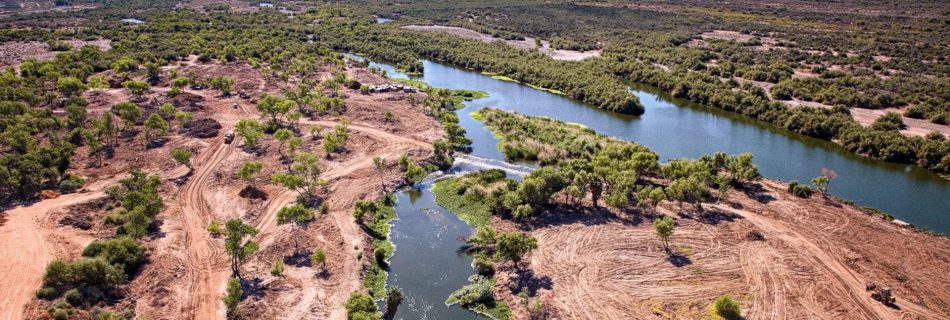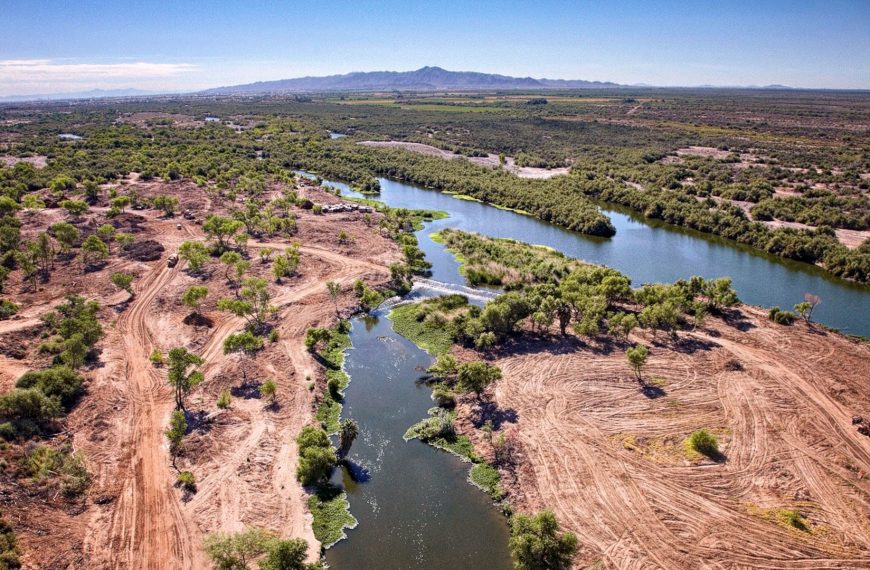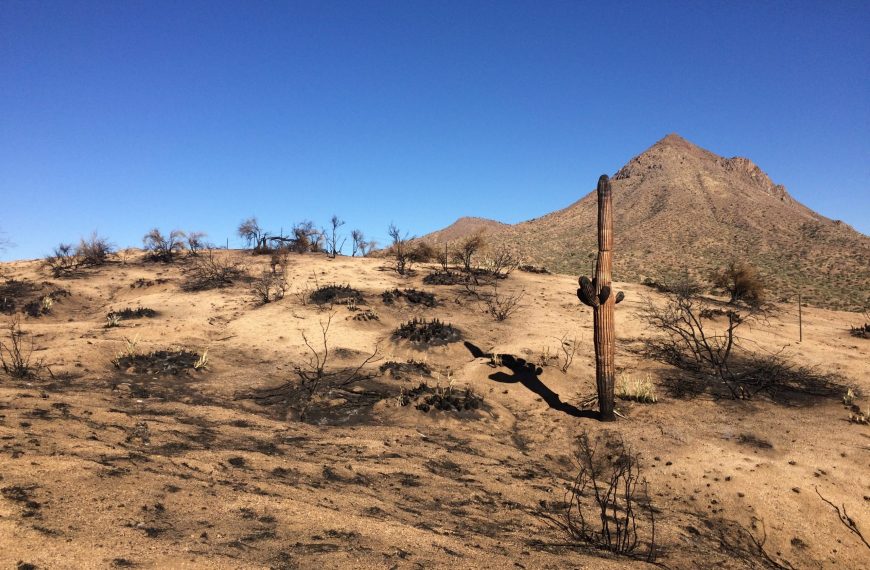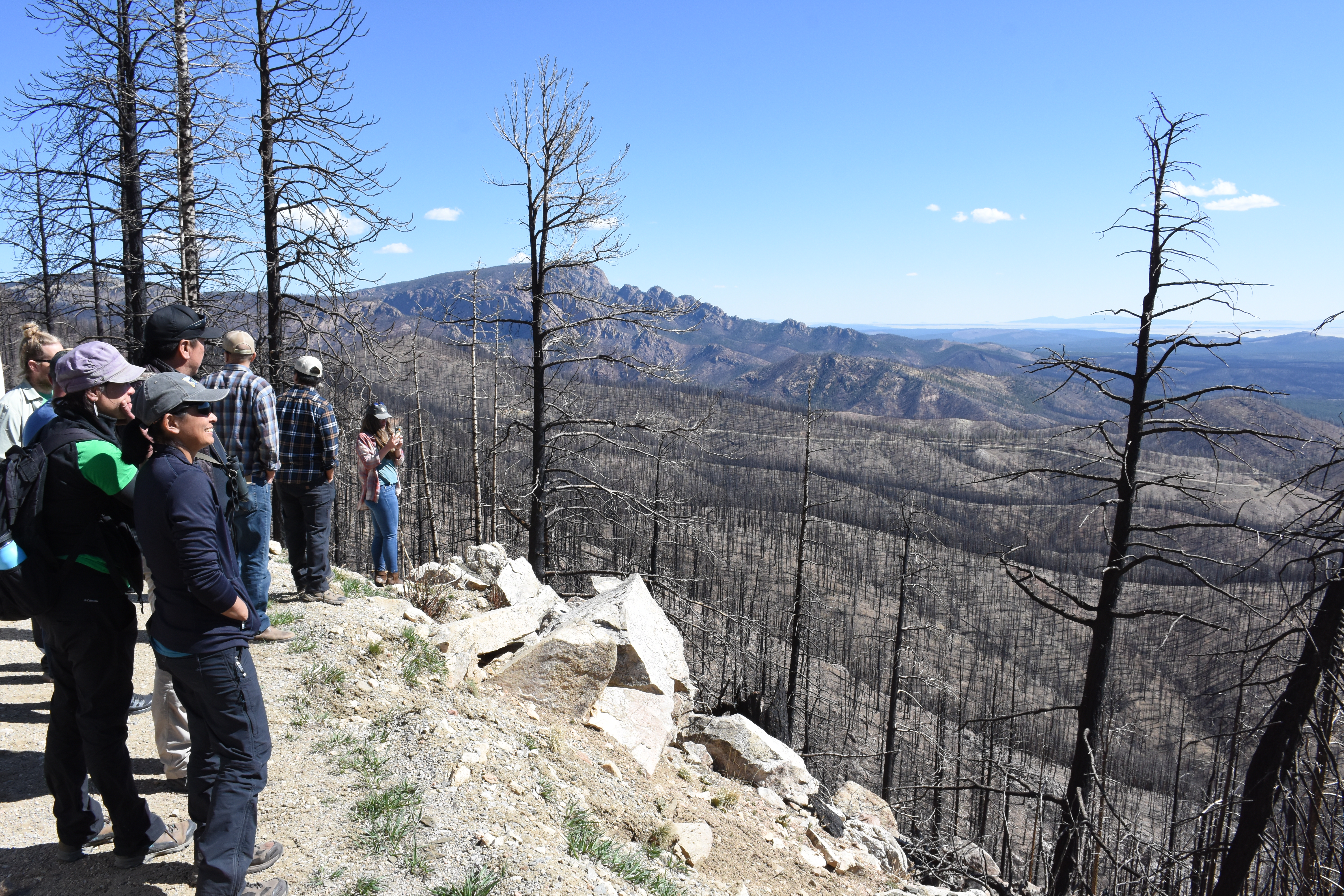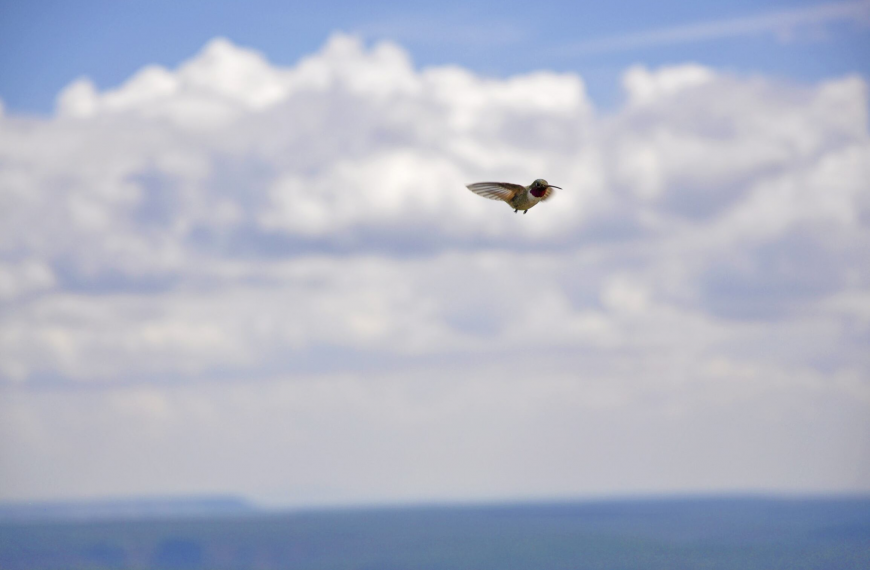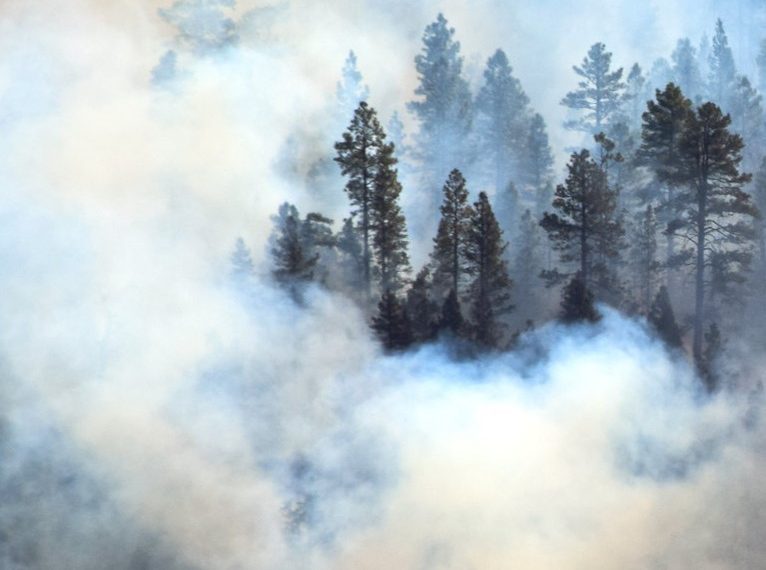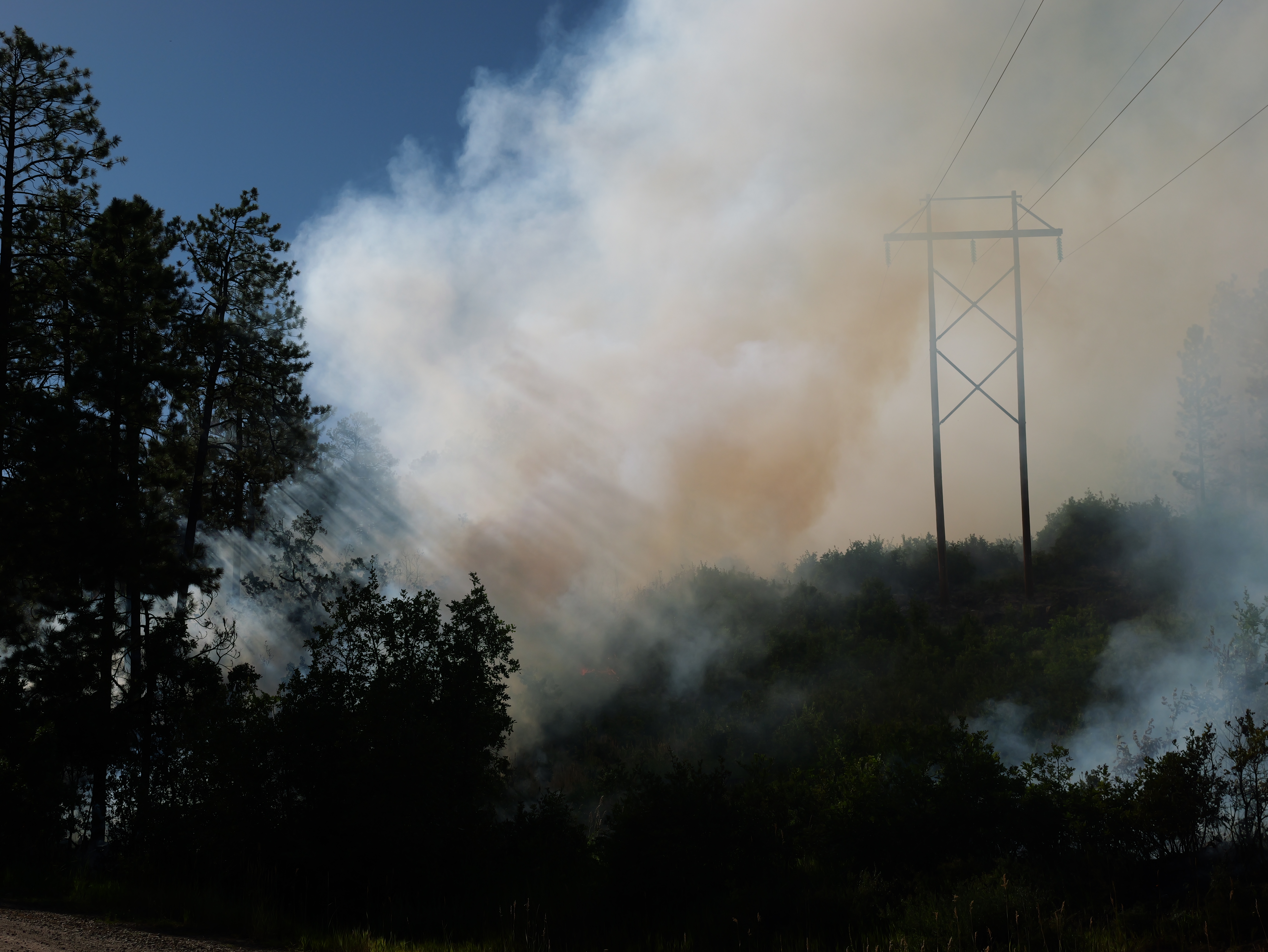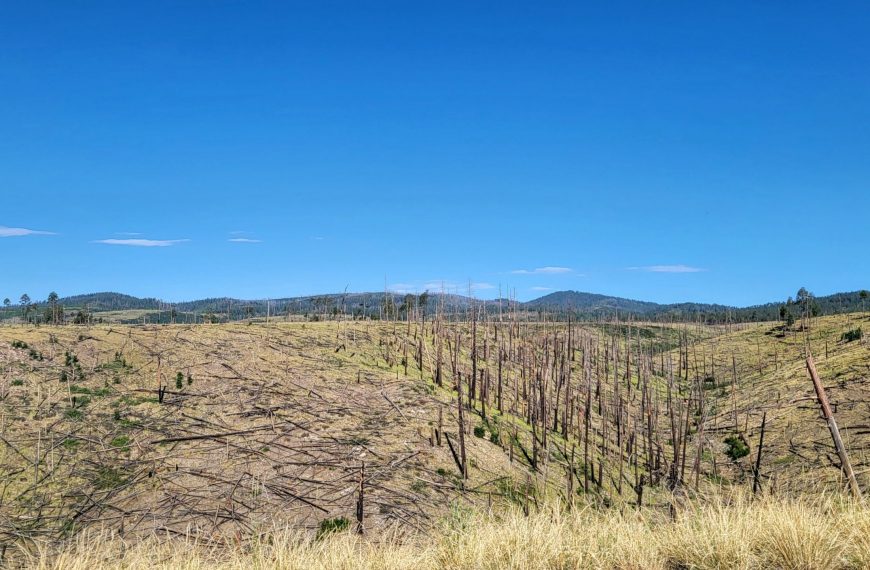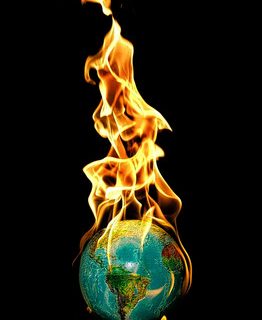A brief look at how the Black Range of the Gila National Forest goes about putting down thousands of acres of prescribed fire. See how the District works in a collaborative and productive manner while working within the multiple-use framework to include grazing, wildlife, recreation, and community outreach. Supported by science, the agency looks to keep fire on the landscape. View the YouTube video here.
Tamarisk Removal along the Lower Gila River – COMING SOON!
Part of the Southwest Fire Science Consortium and AZ Wildfire Initiative‘s SW Fire Stories wildfire documentary video series, this video raises awareness about wildfire on the Lower Gila River and surrounding communities and the work being done by the Lower Gila River Collaborative to reduce wildfire risk and to inform people about the habitat and importance of restoration on the Lower …
Read more “Tamarisk Removal along the Lower Gila River – COMING SOON!”

